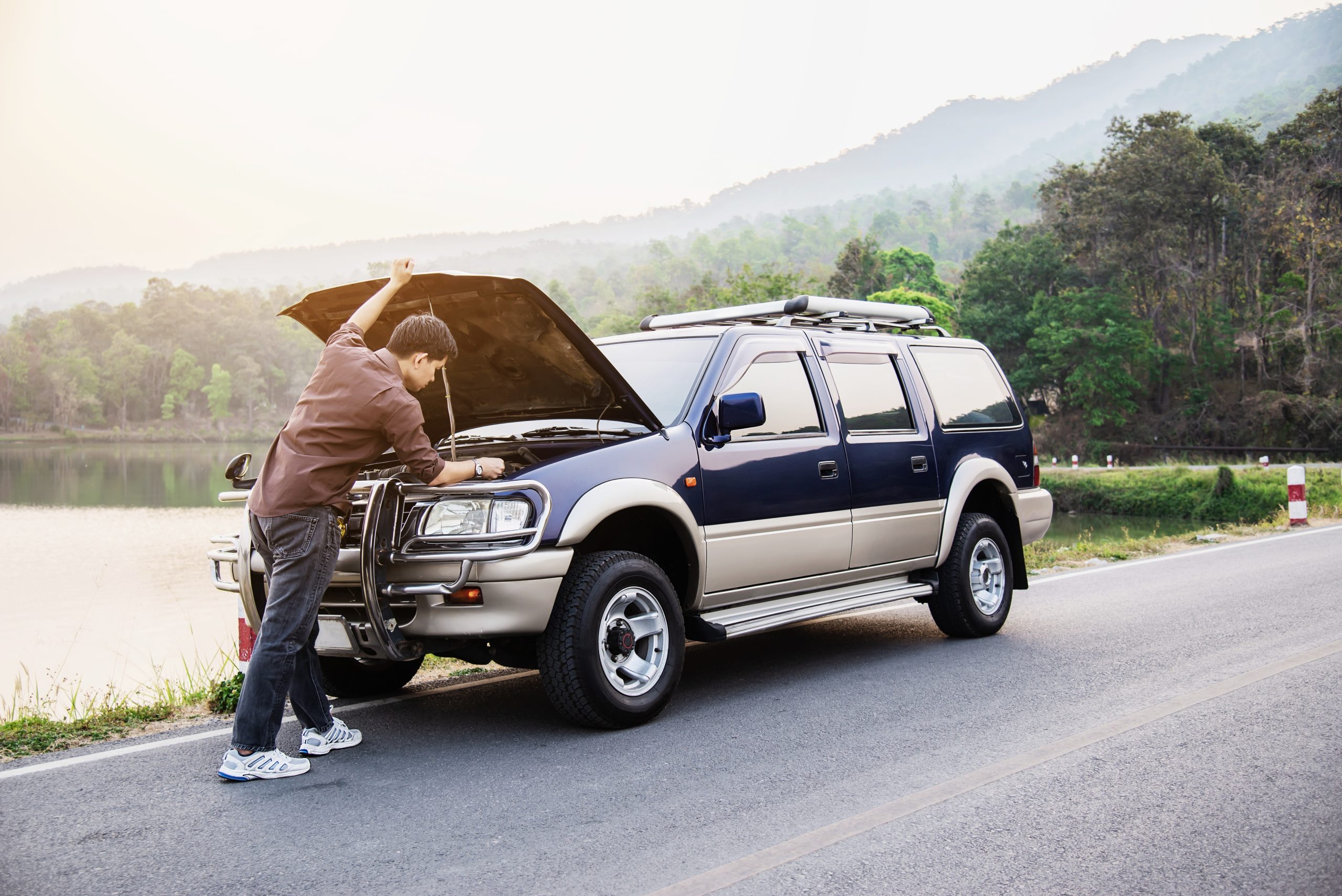
Driving Safely in the Mountains: A Comprehensive Guide
Driving Safely in the Mountains: A Comprehensive Guide
Driving in mountainous regions can be both exhilarating and challenging. The stunning vistas and winding roads present a unique set of circumstances that demand careful attention and skilful manoeuvring. Whether you’re a seasoned mountain driver or a newcomer to the terrain, prioritizing safety is paramount. Here’s a comprehensive guide on how to drive safely in the mountains, focusing specifically on car safety.
- Vehicle Preparation
Before embarking on your mountain journey, ensure your vehicle is in optimal condition. Conduct a thorough inspection, checking the brakes, tires, lights, and fluid levels. Please pay particular attention to the brakes, as they’ll face additional strain on steep descents.
- Tire Check
Verify that your tires are properly inflated and have adequate tread depth. Consider using tires specifically designed for mountain driving, as they offer enhanced traction and stability on winding roads.
- Brake Management
Familiarise yourself with the proper use of your vehicle’s brakes, especially when navigating steep inclines or declines. Engage lower gears to assist with braking and avoid riding the brakes, which can lead to overheating and loss of effectiveness.
- Speed Control
Adapt your speed to the conditions of the mountain road. Reduce your speed when approaching sharp curves or blind corners, and be prepared to adjust your pace based on visibility and road surface conditions.
- Maintain a Safe Following Distance
Keep a safe distance between your vehicle and the one in front of you to allow for adequate stopping time, especially on downhill sections where stopping distances increase.
- Stay Alert
Remain vigilant and attentive while driving in the mountains. Watch for wildlife, fallen rocks, or debris on the road. Avoid distractions such as texting or talking on the phone, as split-second reactions can be critical in mountain driving.
- Use Low Beams During Fog
In foggy conditions, switch on your low beam headlights to improve visibility and make your vehicle more visible to others. Refrain from using high beams as they may reflect off the fog, worsening visibility even more.
- Check Weather Conditions
Stay informed about weather forecasts for the mountain region you’ll be driving through. Be ready for unexpected changes in weather, including rain, snow, or fog. Carry appropriate gear such as snow chains, ice scrapers, and blankets in case of emergencies.
- Drive During Daylight Hours
Whenever possible, plan your mountain drives during daylight hours when visibility is optimal. If driving at night is unavoidable, ensure your headlights are functioning correctly and use caution when navigating dark, unfamiliar roads.
- Know Your Limits
Recognize your skill level and comfort zone when driving in mountainous terrain. If you feel overwhelmed or fatigued, take a break and allow yourself time to rest. Don’t hesitate to seek assistance or guidance from more experienced drivers if needed.
Conclusion
Driving safely in the mountains requires careful preparation, patience, and respect for the unique challenges of the terrain. By following these tips and prioritizing car safety, you can enjoy the stunning scenery and exhilarating drives while ensuring a safe and memorable journey for yourself and your passengers.

